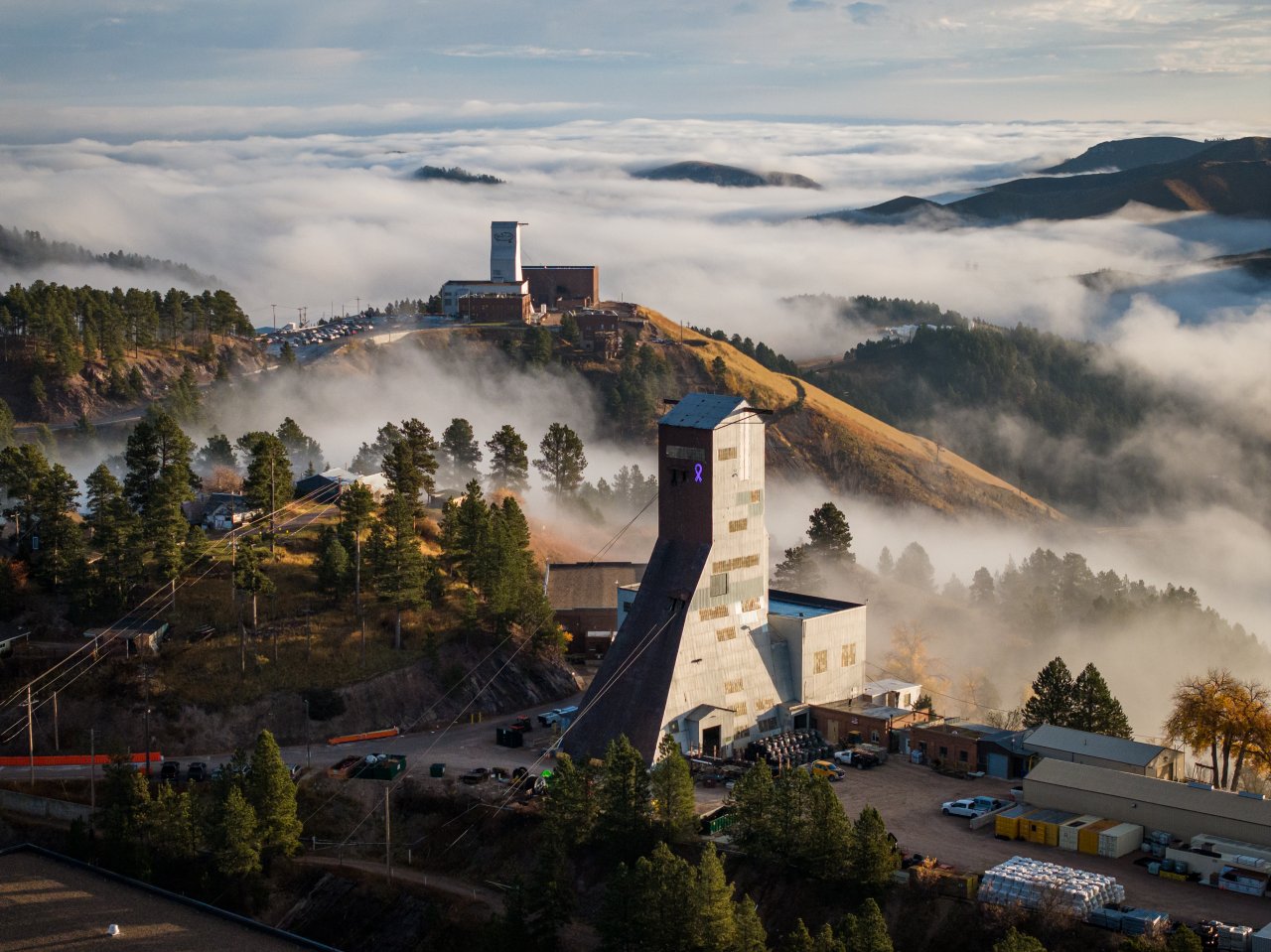
John Hult, South Dakota Searchlight
Sioux Falls, Fort Sisseton Historic State Park, Box Elder and the Sanford Underground Research Facility in Lead will benefit from $3 million in cleanup funds awarded Monday by the U.S. Environmental Protection Agency.
The money comes from the EPA’s Brownfields program, which offers grants to state and local partners for the assessment and recovery of contaminated sites around the country. President Biden’s Infrastructure Reinvestment and Recovery Act boosted the program’s funding by 400%, according to a news release from the EPA.
The South Dakota Department of Agriculture and Natural Resources will use its $2 million share of the grant funding for cleanup at:
- Falls Park, quarry lake and the Sioux Empire Fairgrounds in Sioux Falls.
- Fort Sisseton Historic State Park in the northeast corner of the state.
- Villa Ranchaero in Box Elder.
For Falls Park, the needs are tied to contamination from former landfills. The work will involve environmental assessments, dredging and soil sampling, as well as water quality testing and testing for per- and polyfluoroalkyl substances (PFAS, or “forever chemicals”) at Falls Park and quarry lake. At the fairgrounds, the money will pay to test for methane, PFAS and other risks to the Big Sioux River.
At Fort Sisseton, the money will enable the construction of a new visitor center, the news release said, which involves environmental testing and asbestos and lead paint studies in historic buildings. The Villa Ranchaero site, 4 acres near Ellsworth Air Force Base, will see environmental assessments for safety, as the area is now home to several retail shops.
The South Dakota Science and Technology Authority manages the research facility in Lead, which is the deepest underground science lab in the U.S.
Its $1 million share of the money will be used to clean up properties contaminated by asbestos and assess environmental concerns related to hydrocarbons, Polychlorinated Biphenyls (PCBs), volatile organic compounds, lead-based paint and metals such as lead, mercury and arsenic.
Redevelopment plans include a new main entrance to the facility and returning to “safe use of contaminated spaces” on the grounds, the press release said. The lab is located on the site of the former Homestake Gold Mine.
